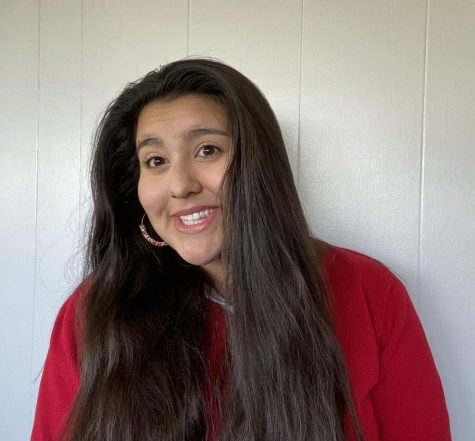Tu lucha es mi lucha: your fight is my fight
Photo courtesy of Iliana Moreno.
El Pasoans took to the streets this summer to show their support for the Black Lives Matter after the murders of George Floyd and Breonna Taylor. They protested at EPPD headquarters on 911 N Raynor Street.
November 2, 2020
From the founding of the US, race struggles have always been a part of the country’s culture- creating a unique struggle over melanin that has left lots dead and even more divided.
Since the spark of the Black Lives Matter protests this summer, attention has been called to communities of color, who face lethal discrimination all over the country.
Taking a look into the Hispanic community, since the beginning of 2020, 945 Hispanics/Hispanic Americans have been killed by police, according to The Washington Post- who has tallied all police-related deaths since the start of 2020.
Although Black Americans are killed at a higher rate than others, the Hispanic population follows closely behind.
In El Paso, Erik Salas-Sanchez was just 22 years old when he was shot and killed by an El Paso police officer in 2015-who suspected him of burglarizing a home.
Salas-Sanchez’s mother alleged that he never broke into a nearby home, only that he started shouting at the officers, causing him to be tased, shot, and killed.
His case drew attention after court documents revealed he was mentally ill and a legal immigrant, drawing further calls for investigation from the Mexican government.
Although many more Latinx people have been killed and their stories yet to be told, these few stories show another side to the narrative of racial divisions in the US.
As the anti-police brutality protests reached El Paso, cases such as Salas-Sanchez’s have come back into light to show solidarity with the Black community.
Beginning on May 31, citizens of El Paso took to the streets to show their support as protests all over the US emerged, although it was not formally organized by any major group, hundreds of people protested to the El Paso Police Department on Raynor Street.
On June 6, 2020, Border Network for Human Rights continued protesting in front of El Paso City Hall, centering their protest around police brutality on the borderland and Salas-Sanchez’s case.
The protest brought together people of color who have been marginalized and abused by a militarized policing system that lets officers get away with abuses of power throughout the community.
Bringing communities of color together under the saying “Tu lucha es mi lucha” or, “Your fight is my fight”, shows the solidarity through struggle that leaves communities embracing each other.
As a divide among Americans rooted in years of racial inequality reaches an all-time high, communities of color all around the nation are reminded and united under the reason they took to the streets in the first place.
The lack of accountability in a system that has killed hundreds of disproportionately Black and Brown people across the US shows a struggle that is all too common for these communities.
El Paso was reminded of the struggles they faced as a border city during the Chicano movements and have come together once more to remind their fellow communities of color that their lucha is their lucha too, they fight together side by side.





